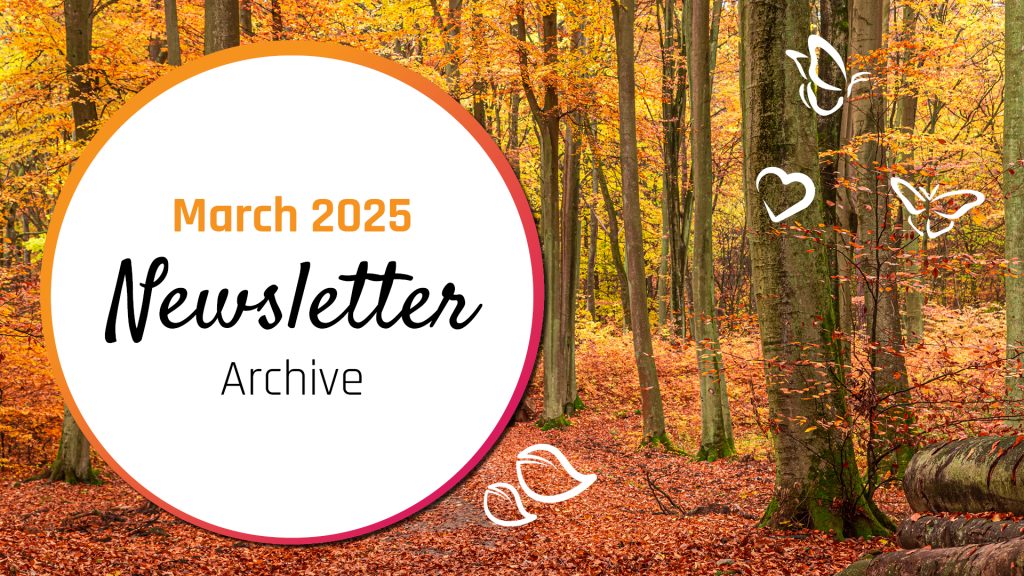
This month has been a big one for us as a company and our Participants. We, as an organisation, weathered Cyclone Alfred, which affected many of our Participants and Staff.
But the weather didn’t hamper our functions as an organisation. We came together to help those affected by the storm and emerged from it without any major losses.
This month, we have a story about an amazing artist and a behind-the-scenes look at how we handled the storm and what we plan to do in the future.
Guess these movie titles from these Emoji’s:
Movie 1: 🦁👑
Movie 2: 🧙♂️⚡
Movie 3: 🦸♂️🕷️
Movie 4: 🚢🧊
Movie 5: 🕵️♂️🔍
Reply with your answers—winner gets a shout out next issue!
Art has the power to overcome many barriers; it can communicate emotions, inspire change and create connections between people.
Earlier this month, South-east Queensland and North-east New South Wales experienced a category 2 cyclone, the first to make landfall since 1974. Most might not know this, but a large amount of Inclusion Tree’s participants and staff live in this area, so this event deeply impacted us.
Start Small, Build Habits
Make Nutrition Easy & Fun
For When Energy is Low (Quick & Nutritious Ideas)
Gentle Reminders for Mindful Eating
Inclusion Tree has become aware that NDIS will be sending out ‘Impairment Notices’ to participants, and using this information to make possible changes to participant’s plans. This Impairment notice will focus on the impairment(s) that makes someone eligible for the NDIS.
We have previously recommended that all Plan nominees ask NDIA for the record of Disability they have on file for each participant/s you support. It is very important that the NDIA has the correct information on file, and all of the eligible Disabilities are listed correctly.
We recommend the below steps for you obtain and review the Evidence of Disability that the NDIS has on record for your participant. This is crucial as the NDIA may reassess your loved one’s eligibility during the NDIS Participant Plan Reassessment process.
The key actions you should take are:
If you submit a Participant Access Request or Supporting Evidence Form and it is not actioned by the NDIA, you have the option to:
If you have any questions regarding the necessary actions, please contact your support coordinator.
Sign Languages Aren’t Universal—Here’s Why!
Many assume sign language is the same worldwide, but just like spoken languages, each country has its own! American Sign Language (ASL) and British Sign Language (BSL) are as different as English and French—even though both countries share spoken English. Regional dialects, slang, and grammar vary too (e.g., “birthday” is signed differently on the U.S. East vs. West Coast).
There are 300+ unique sign languages, from Auslan (Australia) to Japanese Sign Language. While International Sign (IS) helps at global events, it’s more like emoji—a simplified bridge, not a full language. Always ask which sign language someone uses, as assuming “sign language is universal” can exclude Deaf communities. Fun fact: ASL is closer to French Sign Language than BSL due to history!
We acknowledge the connections of First Nations People of Australia to the land, sea and community on which we live and work. As custodians of this sacred land we respect and acknowledge Elders, past, present and emerging.